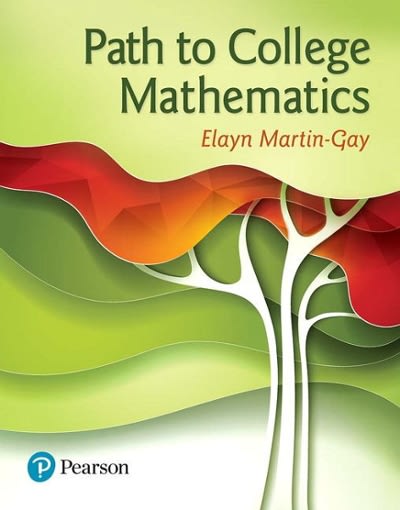- 1 of 3 ID: MST.FET.P.CAP.01.0030A [2 marks] A group of 1000 people are surveyed and asked two questions; whether they own a computer and whether they use a computer at their workplace. The results are presented here: 542 people own a computer and use a computer at work 156 people own a computer but do not use a computer at work 197 people do not own a computer but use a computer at work 105 people do not own a computer and do not use a computer at work Define the events A and B to be: . A: a randomly chosen person does not own a computer . B: a randomly chosen person uses a computer at work A student was studying this situation and went about calculating the probability of the union of A and B. The student did this by counting up all of the different ways that A could occur, and then counting up all of the ways that B could occur. The student then added these two numbers together and divided by 1000 to find P(A or B). a) In doing this, the people that the student will have over-counted are those that: O own a computer and use a computer at work O own a computer but do not use a computer at work do not own a computer but use a computer at work do not own a computer and do not use a computer at work b) Calculate the probability of the union A or B. Give your answer as a decimal to 2 decimal places. P(A or B)2 of 3 ID: MST.FET.P.CAP.02.0040A 13 marks] Craig owns a simple steakhouse restaurant, Pull Up Steaks, and he is thinking of making some changes: he wants to broaden the menu and he wants to put a bar in the restaurant. One weekend he hands out the following questionnaire to the diners: PULL UP STEAKS FEEDBACK How were we? Here at Pull Up Steaks our number one priority is your dining satisfaction and we are always trying to find new ways of achieving this. So we have a couple of questions ... Do you think we should expand our menu? YES / NO Do you think we should include a bar in our restaurant? YES / NO Craig gets 285 responses. The results of this survey are displayed in the following contingency table: Restaurant Bar Menu Expansion Yes No Yes 46 28 No 148 63 Complete these statements using the information in the above table. Give your answers to parts a) and b) to the nearest whole number. Give your answer to part c) as a decimal to 2 decimal places. a) The number of respondents that do not want the restaurant bar is b) The number of respondents that said No to at least one of the changes that Craig has proposed is c) The probability that a respondent chosen at random will say No to at least one of the changes that Craig has proposed is-3 of 3 ID: MST.FET P.CAP.03.0040A [3 marks] A student at a university has been doing a project to investigate entertainment habits of students. They have surveyed 100 random students who were each asked three questions: 1. Have you watched a movie in the last week? 2. Have you listened to music in the last week? 3. Have you read a book in the last week? However, the student keeps a very messy room and has lost some of the results. They have been able to find the following results: Of all the students surveyed, 50 had watched a movie, 43 had listened to music and 47 had read a book in the last week. Also: 6 students answered yes to all three questions 13 students answered yes to questions 1 and 2 only 14 students answered yes to questions 1 and 3 only 17 students answered yes only to question 1 11 students answered no to all three questions Find the missing information and answer the following questions regarding the group surveyed. Give your answers as whole numbers, Calculate the number of students that: a) answered yes to question 2 or 3 but no to question 1 b) answered yes to exactly two questions = c) had watched a movie or read a book but had not listened to music









